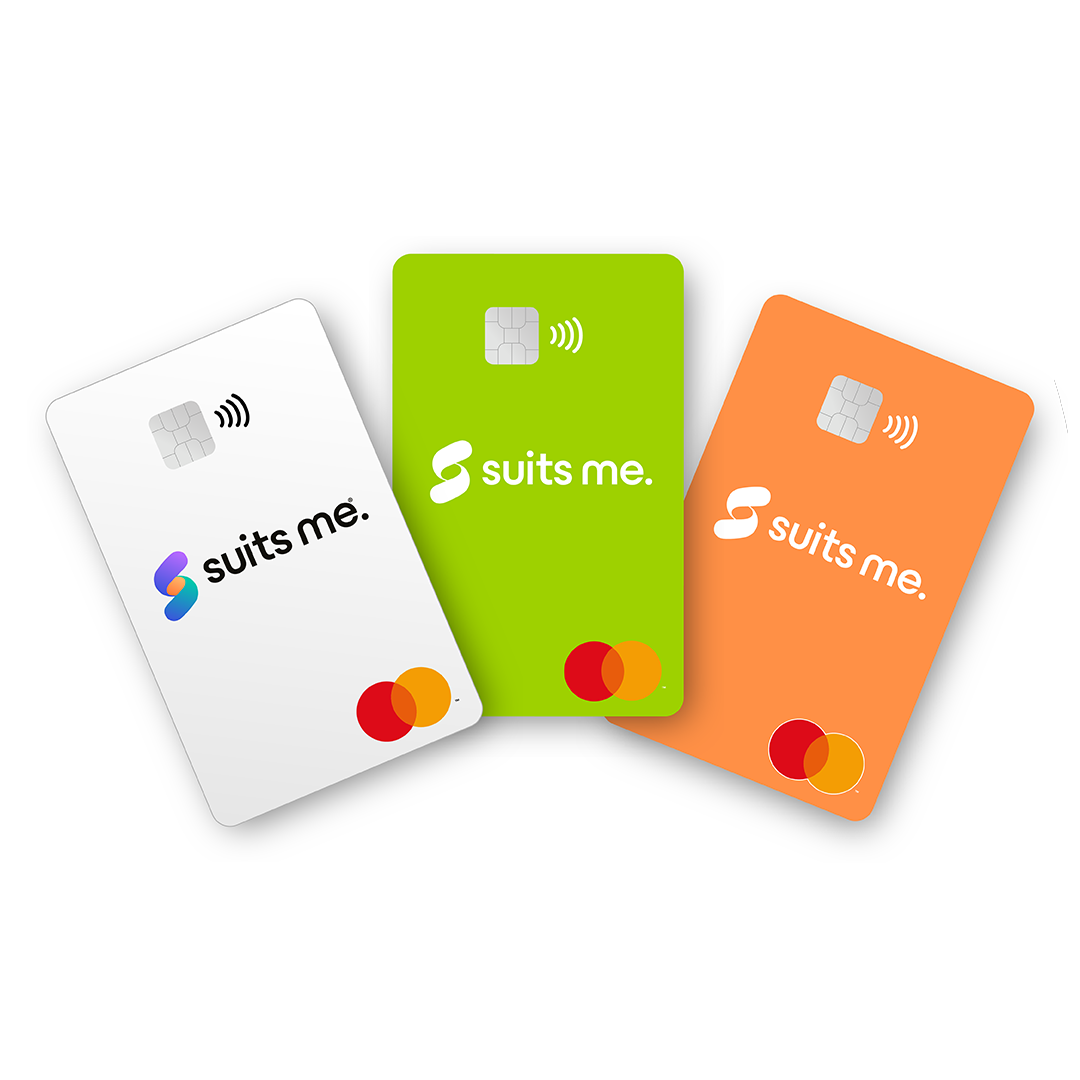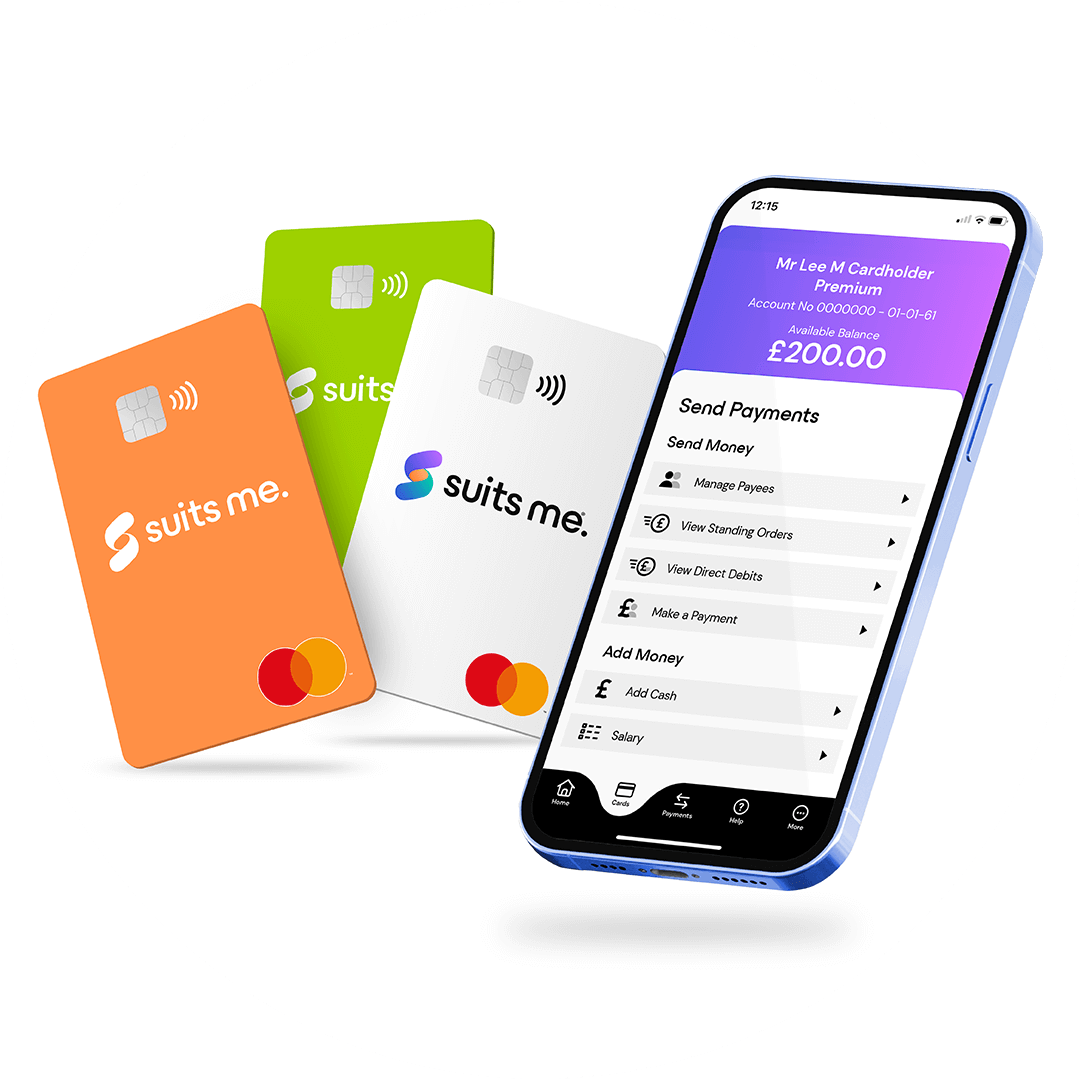
It’s not uncommon for fraudsters to pose as banking providers to gain access to your personal information and money through a process called phishing.
What is Phishing?
Phishing is a type of online scam, which involves criminals sending an email that appears to be from a legitimate company and asking you to supply personal information that goes straight to the scammers.
The term phishing is a take on the word fishing as fraudsters are attempting to dangle a fake lure by sending an email that looks legitimate and creating an internet banking platform that mimics your banking providers, hoping that people will bite by providing personal information.
This type of information requested by criminals can involve, debit card numbers, internet banking login details including usernames, passwords, sort codes and account numbers.
How to Spot the Signs of a Scam Email
Usually, scam emails revolve around your internet banking details by getting you to input your account information to address a problem with your account, update your details by email or online portal by clicking on a link.
Some clues that indicate the email is a scam include:
Not Addressing you by Name
If you were truly being contacted by your bank, they would know your name and not refer to you as Customer, Sir/Madam, or by your email address.
For example: “Dear Customer” or “Hi suitsme@emailaddress.com”
Your Bank’s Email Address
Often, scammers can’t replicate your bank’s email address but will attempt to look legitimate by including your bank’s name within their email. You can usually check this at the bottom of the page, or double-clicking the sender name in the “from” section in the email.
If you’re unsure about the authenticity of an email address, you can always contact your bank and ask them to check for you.
Requesting you to Update your Details or Make a Payment
Banking platforms and other companies will never email you asking to confirm your password, bank card details and security answers. If you receive an email asking to confirm any of your internet banking details, report it to the National Cyber Security Centre.
Grammatical Errors Throughout the Email
When you receive an email from someone who you think could be your bank, you should carefully read the text. Often, scammers don’t focus and try to perfect the spelling, grammar or tone of voice of your bank in their email.
If you’re not confident spotting errors, you can always run the text of the email through a spelling and grammar checker.
Asking you to Click on a Link
Scammers often to encourage you to click on a link that will often take you to a page they’ve created such as your internet banking login page.
Even if the link looks real, you shouldn’t click on it and instead search for the page via a reliable search engine and always check for the padlock on the left-hand side of the search bar, telling you that the website is secure.
Even if you want to check the link out for yourself, scammers can attach malicious computer viruses to the page that can still gain access to your personal details if your computer isn’t properly protected. So, it’s always worth using your own link.

What Does This Mean for your Internet Banking Security?
When it comes to phishing emails, scammers are getting increasingly better at disguising their fraudulent scams.
If you think that you’ve responded to a suspicious email and a scammer has acquired your information, like your national insurance number, debit card details or bank account number, you must contact your bank immediately so they can monitor your account, cancel your bank card and prevent any fraudulent transactions from leaving your account.
If you receive an email from your bank and you’re not sure if it’s real, it’s always worth giving your bank a call or dropping them an email using the email address provided on their website.





